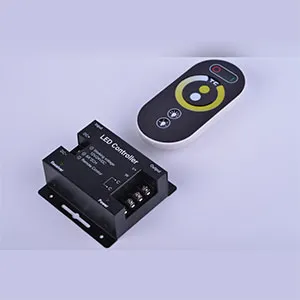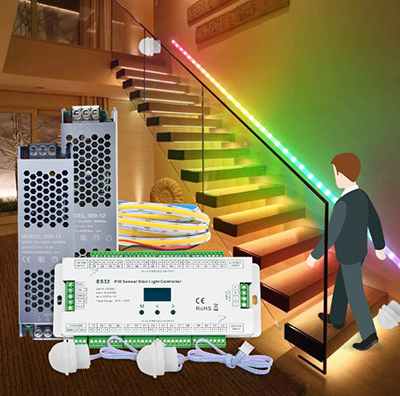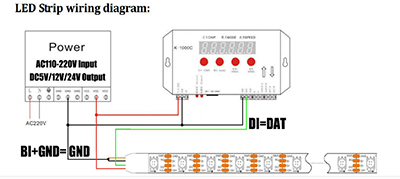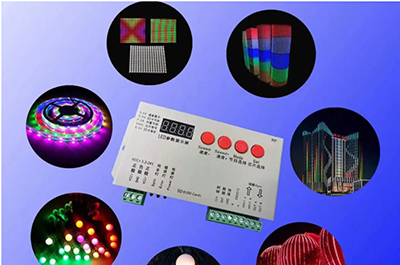 LED Product Accessories
LED Product Accessories
China LED controller Supplier & Manufacturer-DEKINGLED
|
How to adjust the program of full color controller
When using an LED controller, first ensure that the connection between the LED display and the controller is normal. Usually, a network cable or serial port cable is used for connection, and ensure that the line connection is correct and not loose. Next, pairing settings are performed according to the specific model and communication protocol of the LED display. Common communication protocols include DMX512, Artnet, SDI, etc. Parameter settings are performed through the controller's setting interface, including adjustment of display parameters such as brightness, contrast, saturation, color settings (monochrome, dual-color, full-color, etc.), resolution settings to ensure the clarity and fineness of the display effect, and display content settings (text, pictures, videos, etc.). Timing settings are particularly important for LED displays that need to display animation effects. By setting appropriate timing parameters, the display effect is stable and smooth. Some advanced LED display controllers also provide more extended functions, such as temperature monitoring, screen correction, cloud platform integration, etc. The instructions for use of the full-color LED controller mention that after power on, turn on the mobile phone Bluetooth and mobile phone positioning, scan the QR code on the switch to enter the applet, and click the switch name to enter the password to control the page. You can manually control the switch, select the program effect played by the lamp, adjust the speed of the lamp effect display, select the chip consistent with the lamp, and adjust the RGB order of the lamp. For the LED digital tube controller, the digital tube will display the current setting information after turning on the switch. When the card is not inserted, the controller plays the built-in effect. The built-in effect to be played is selected by the "mode +" and "mode -" buttons. There are 98 effects to choose from. The chip button is used to switch the chip type, and the speed button adjusts the speed of the built-in effect playback. In addition, this model supports local button operation, remote control operation and APP operation. Local button operations include single press switch, long press to adjust brightness, double press to adjust color, and triple press to adjust working status. Remote control operation supports scene and grouping functions, and pairing function is achieved by long pressing specific buttons. |
FAQS
In the world of smart lighting, LED controllers, commonly referred to as LED strip light controllers, emerge as pivotal devices. They serve as the command center for LED strip lights, offering a range of functionalities from basic on/off switches to intricate adjustments in brightness, color, and temperature.
LED controllers are engineered for versatility and convenience, enabling users to tailor lighting conditions across various environments with a single device. Their compatibility with LED strip lights is seamless, boasting user-friendly interfaces and intuitive controls for effortless customization. Key LED controller functions include:
Setting up an LED controller is a straightforward process, yet it demands attention to detail to ensure flawless operation: 1.Ensure compatibility between the LED controller, LED driver, and the LED strips. 2.Connect the LED strips to the controller, adhering to the provided wiring diagram for guidance. 3.Match the polarities when attaching the controller to the LED driver. 4.Secure all connections before powering the system. 5.Sync the controller with its corresponding app for smart control. |











